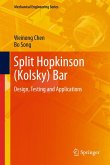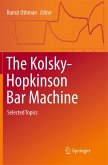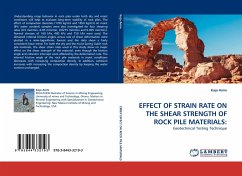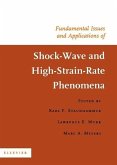The split Hopkinson bar is the most commonly used method of employing dynamic tests, determining material properties and characterize the dynamic response of materials at high strain rate. Using a recent well-equipped split Hopkinson, accurate experimental data, as well as high-speed image capturing of samples, are obtained for high strain rate tests considering the Bridgman and friction effects. Different sizes of tensile and compression samples are studied in order to calibrate material properties using Johnson-Cook constitutive plasticity model. After Johnson-Cook material coefficients have been characterized using different approaches. The first approach involves classical Finite Element Method Updating (FEMU) where numerical simulations are repeated with different material parameters. The second method, commonly known as FastCAM, is based on the analysis of the digital images attained by a fast camera during the tests and calibrates the Johnson-Cook model by an analytical minimization procedure in the absent of FE simulation. Furthermore, the third inverse technique was also implemented, consisting of applying the FE model updating but using an enriched cost function.








